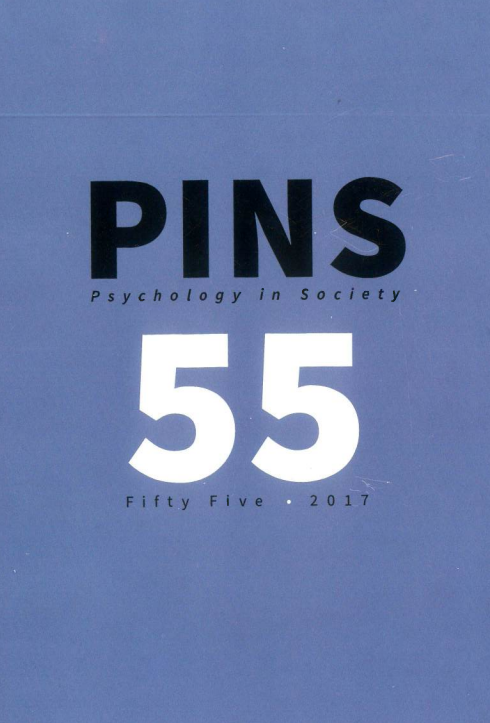Creative twists in the tale: Narrative and visual methodologies in action
DOI:
https://doi.org/10.17159/2309-8708/2017/n55a3Keywords:
narrative, visual methodologies, (in)coherene, theory-method, relationality, temporalityAbstract
Narrative methodologies emphasise the temporal quality of both lived lives and told stories, and enable us to attend to the ways in which the grand narratives of history and socio-political life articulate with individual, personal lives or psychological realities. However, the narrative approach entails three key epistemological and/or political problems: 1) the imposition of a particular conception of a “good” narrative (and by implication, psyche or life) that entails logical flow, integration and coherence; 2) the production and re-inscription of a gap between life and story, particularly stories told in research interviews; and 3) individualising single narrators extracted from their contexts. I argue that combining narrative research methods with visual methodologies within an action research paradigm may assist us to work through and against these limitations. Visual methodologies are relatively commonplace as a means to collect data, particularly helpful when stories are difficult to articulate. I suggest extending the use of visual techniques to facilitate creative representation and productive analysis. Examples of innovative visual representations of data illustrate possibilities for challenging the limits above: 1) Repetitive stress injuries: Non-stories and visual techniques for sense-making; 2) Visual tracking of multiple temporal trajectories; and 3) Re-invoking the relational quality of narrated identity.
Downloads
Downloads
Published
How to Cite
Issue
Section
License
This journal is an open access journal, and the authors' and journal should be properly acknowledged, when works are cited.
Authors may use the publishers version for teaching purposes, in books, theses, dissertations, conferences and conference papers.
A copy of the authors’ publishers version may also be hosted on the following websites:
- Non-commercial personal homepage or blog.
- Institutional webpage.
- Authors Institutional Repository.
The following notice should accompany such a posting on the website: “This is an electronic version of an article published in PINS, Volume XXX, number XXX, pages XXX–XXX”, DOI. Authors should also supply a hyperlink to the original paper or indicate where the original paper (http://www.journals.ac.za/index.php/pins) may be found.
Authors publishers version, affiliated with the Stellenbosch University will be automatically deposited in the University’s’ Institutional Repository SUNScholar.
Articles as a whole, may not be re-published with another journal.
The copyright of the article(s) lies with the author(s).
The copyright of the journal lies with PINS-psychology in Society.
The following license applies:
Attribution CC BY-NC-ND 4.0 - https://creativecommons.org/licenses/by-nc-nd/4.0/

